World Lizard Day 2025 — 8 Rare Species Of Lizards You Should Know About
World Lizard Day, held every year on August 14th, encourages to enjoy the interesting diversity of lizards and the importance they hold in ecological systems. Be it bright geckos or ghostly desert creatures, some lizards are so rare that they seem almost like mythical. Here are some of the world's rarest lizard species that you must know.
Open Bay Islands Gecko
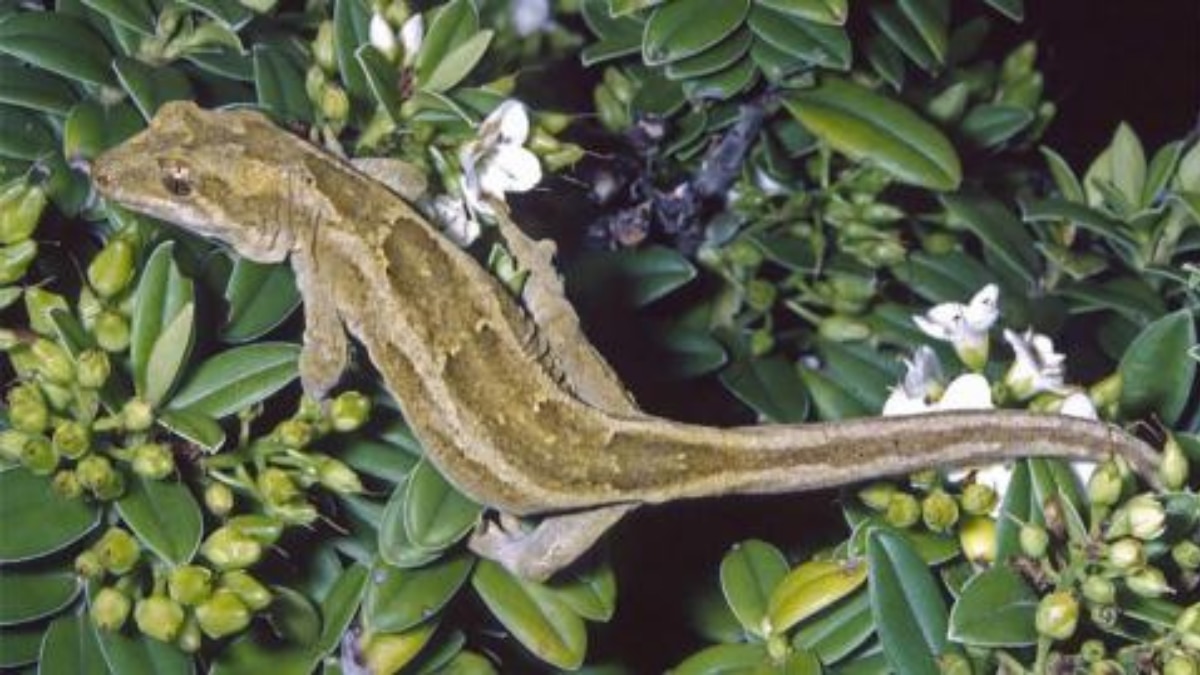 (Image Source: x/ MartinGecko18)
(Image Source: x/ MartinGecko18)
New Zealand’s Open Bay Islands Gecko is classified as Nationally Critical. With only around 39 known individuals, this gecko’s survival is precarious. Researchers are working diligently to document these elusive lizards before they potentially disappear from the wild.
Culebra Island Giant Anole
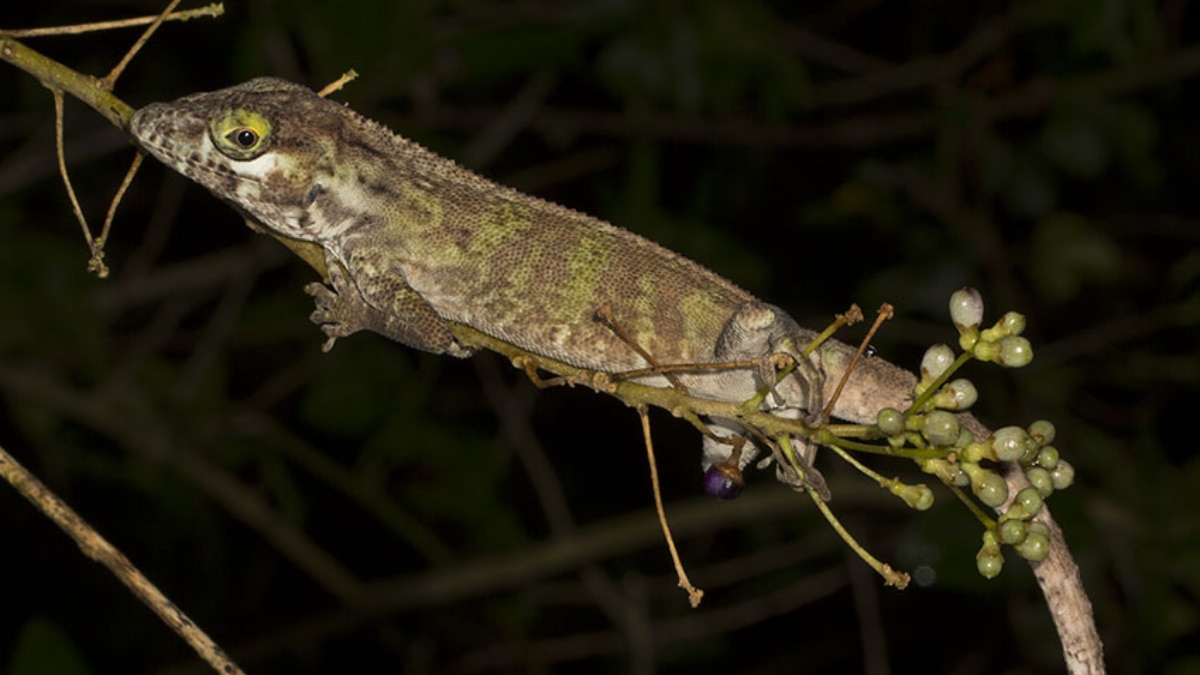 (Image Source: x/ KimCaiman)
(Image Source: x/ KimCaiman)
The Culebra Island Giant Anole is considered endangered, with some fearing it may be extinct. Native to Puerto Rico, it hasn’t been sighted since 1932. Deforestation and predation by feral cats are believed to have caused its decline, making it one of the rarest lizards on the planet.
Dunes Sagebrush Lizard
 (Image Source: x/ arcprotects)
(Image Source: x/ arcprotects)
The Dunes Sagebrush Lizard is found in the shinnery oak sand dunes of southeast New Mexico and Texas. Its light brown coloration ensures it can fit in with sandy landscapes. Endangered by oil and gas exploration, it is presently recognised as endangered by the New Mexico Department of Game and Fish. It has also been nominated for the U.S. Endangered Species Act by conservationists since 2001.
Hidden Dragon
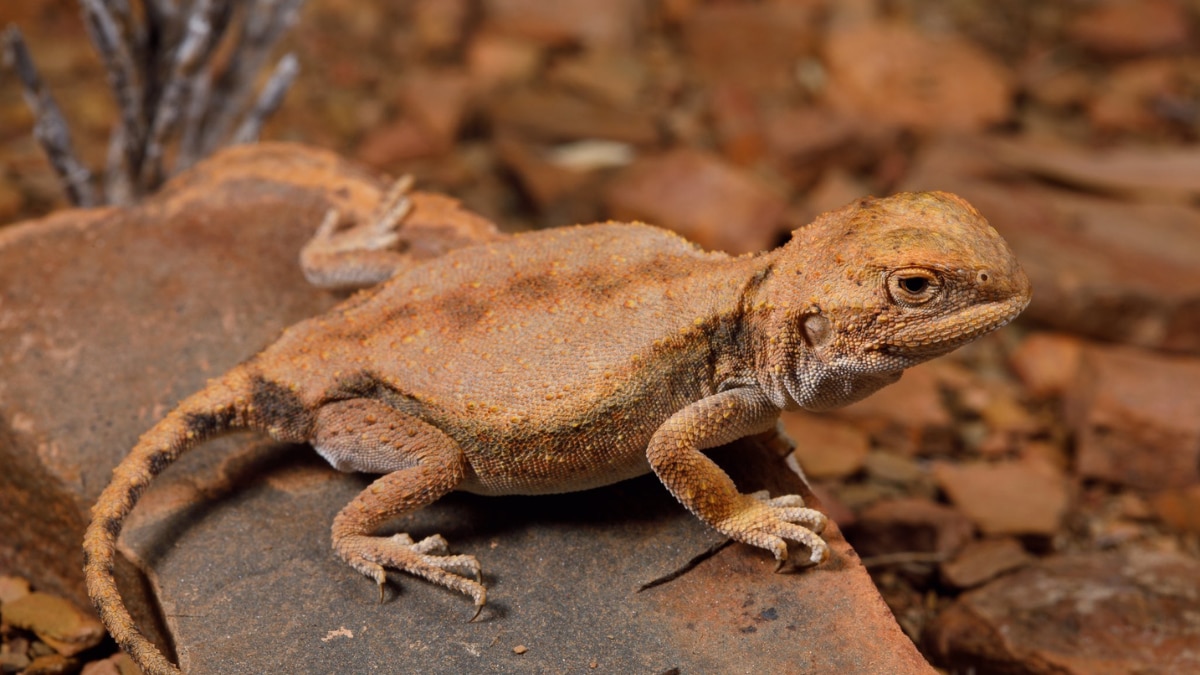 (Image Source: x/ FarquharJules)
(Image Source: x/ FarquharJules)
Western Australia's Kimberley is the home of the Hidden Dragon, a sneaky and camouflage expert. Its dusty brown colour makes it completely blend with the rocky surroundings. Highly elusive, this lizard can go unnoticed for decades, almost living in total secrecy.
Gray's Monitor Lizard
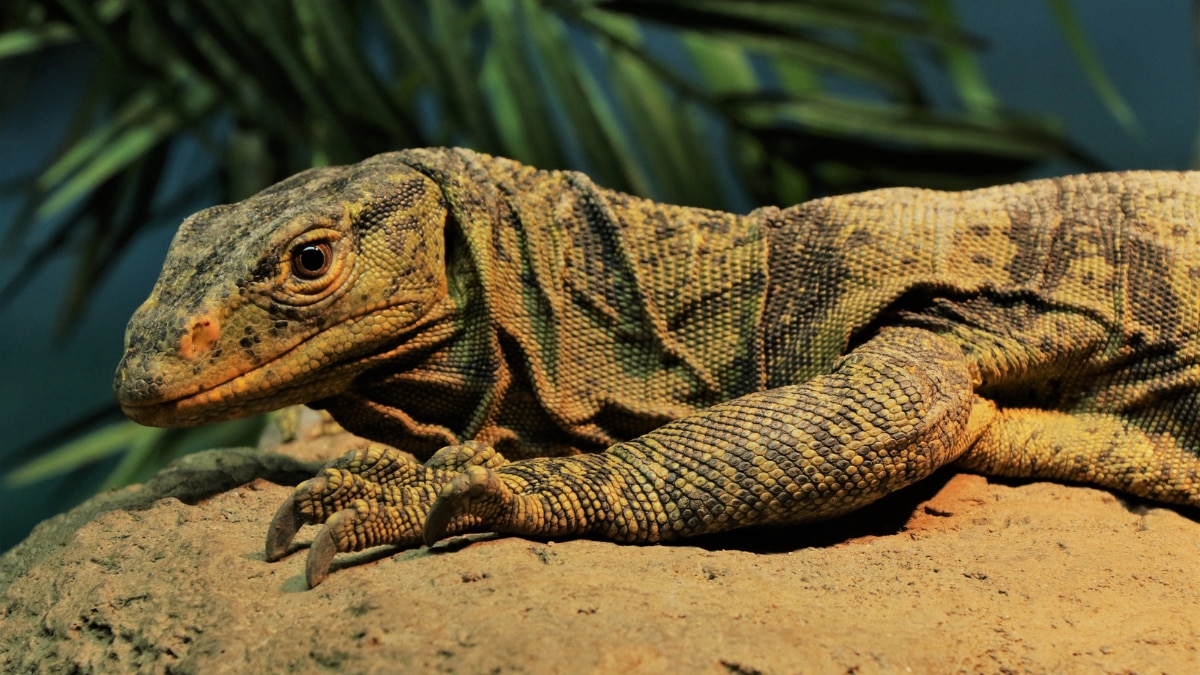 (Image Source: x/ TyrantLzrdQueen)
(Image Source: x/ TyrantLzrdQueen)
Gray's Monitor Lizard inhabits only a few islands in the Philippines. It reaches up to 5 feet (1.5 meters) in length and has a frugivorous diet compared to most carnivorous lizards. The population of the species is unknown, and it is listed as vulnerable by the International Union for Conservation of Nature.
Chesterfield Skink
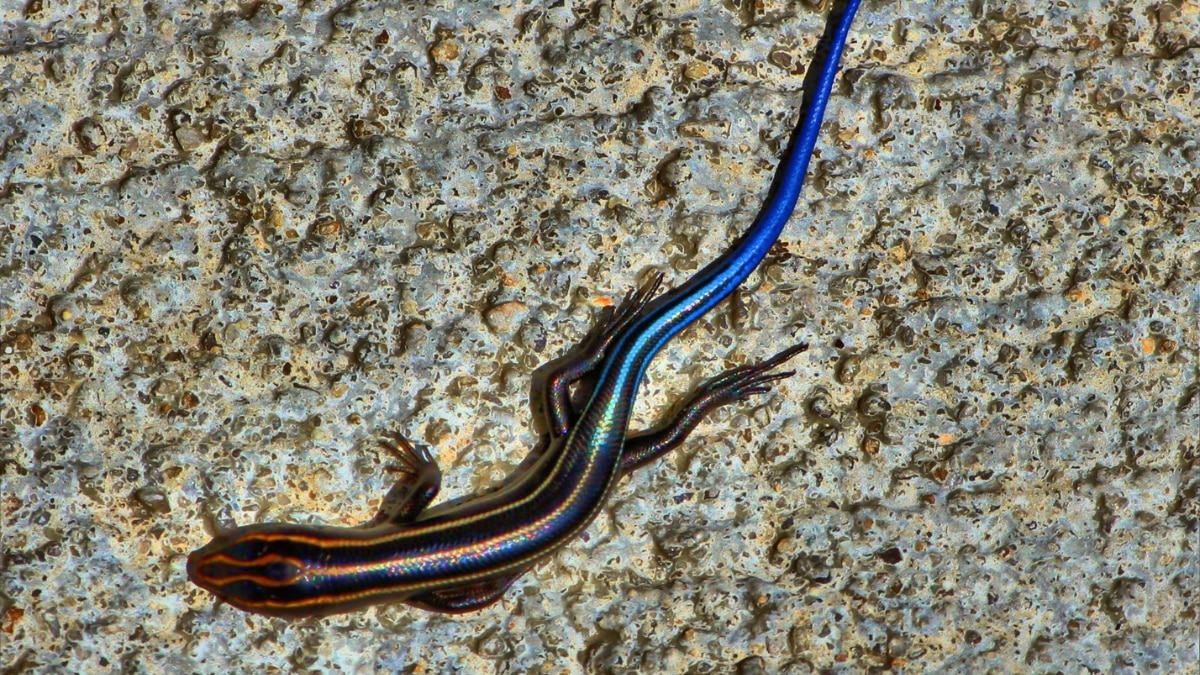 (Image Source: Canva)
(Image Source: Canva)
Very rare, the Chesterfield Skink is limited to less than one hectare along New Zealand's west coast. Known since 1994, sightings may be years apart. Its copper, green, gold, and black patterning render it breathtakingly beautiful. Even though it can grow a new tail, the replacement is not the same design.
Canterbury Grass Skink
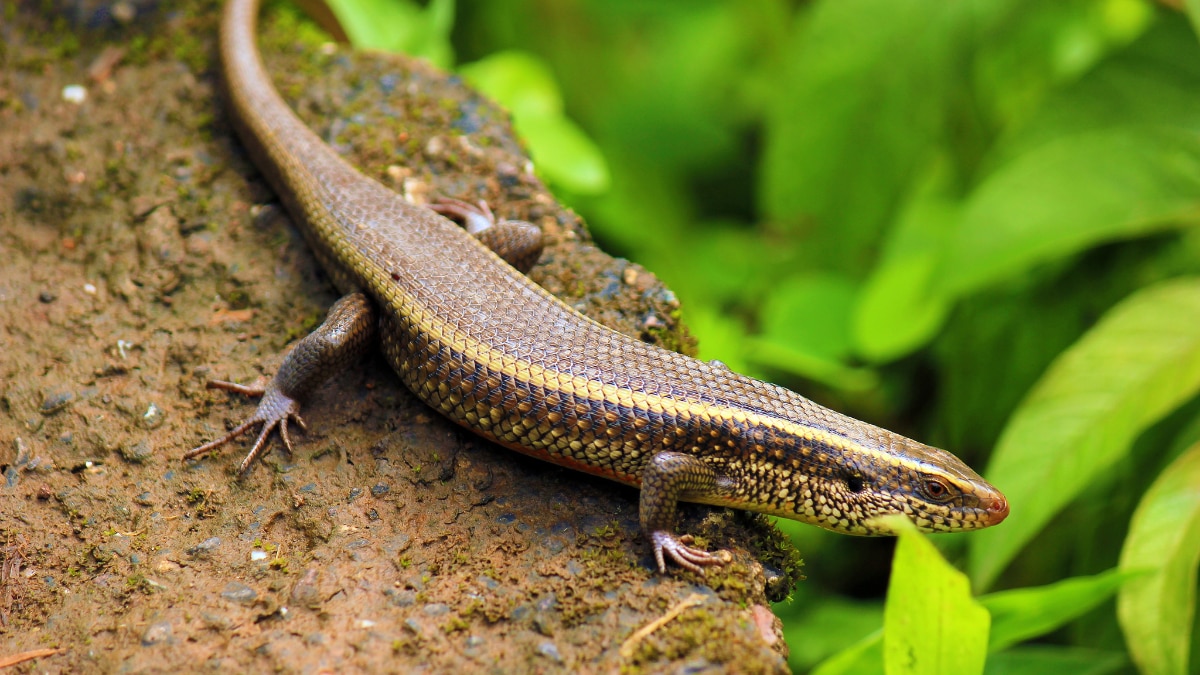 (Image Source: Canva)
(Image Source: Canva)
Another native of New Zealand, the Canterbury Grass Skink does well in woods and rocks. It's a day-active skink that forages by day. Its brown, striped form, which resembles a snake, molts its scales one by one, a characteristic not shared by most skinks.
Jewelled Gecko
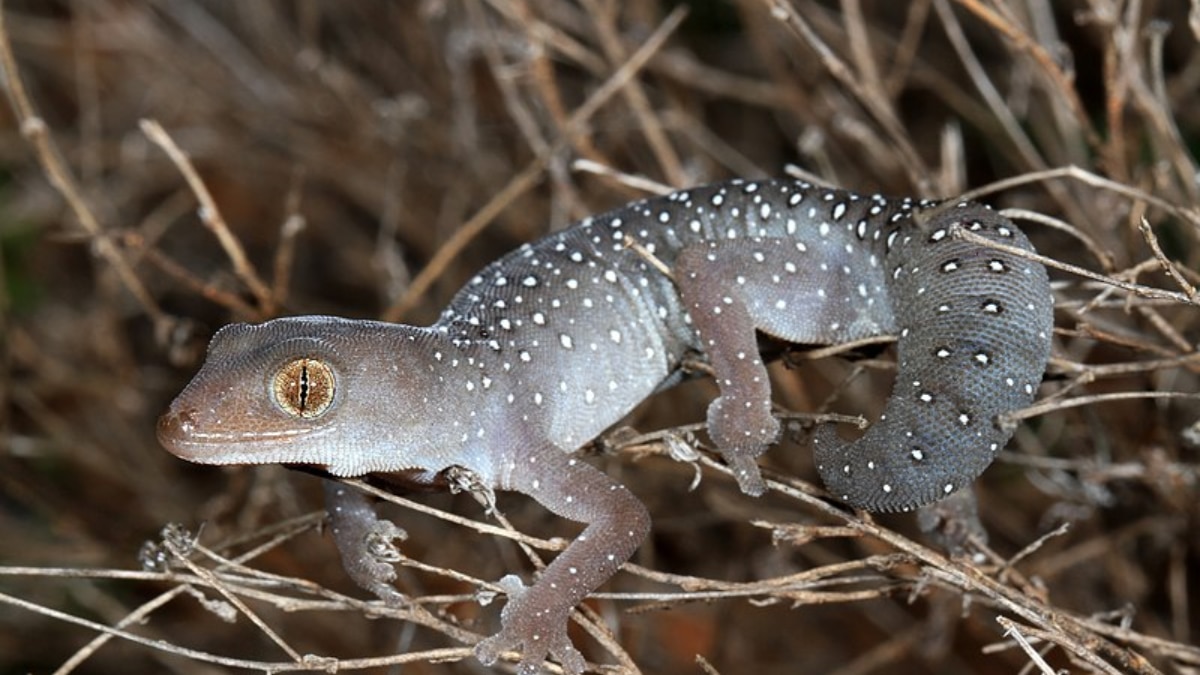 (Image Source: x/ HourlyLizards)
(Image Source: x/ HourlyLizards)
The Jewelled Gecko in New Zealand's South Island is renowned for its brilliant patterns and striking colors, such as stripes and diamond. Illegal smuggling for the exotic pet market has reduced their numbers, posing a risk to their survival in nature.
lifestyle